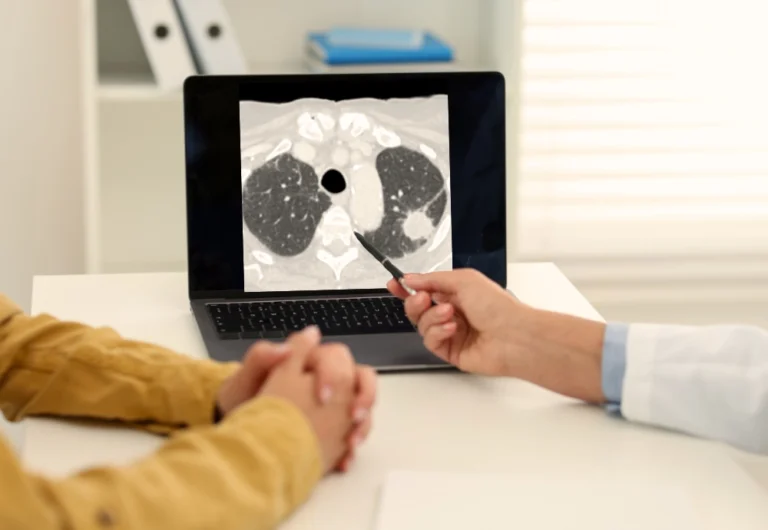It began simply enough. An inquisitive colleague asked me if we have more breast cancer in our area than elsewhere. I had been asked this before, and I still did not know. But I should know.
The \”Big Three\” cancers in the US are prostate, lung, and colorectal for males and breast, lung and colorectal for females. Together these problems encompass half of our cancer problems. Over 31,000 Wisconsin residents were diagnosed with cancer in 2013 and 30% of the females with cancer had breast cancer. (A little less than 1% of all breast cancers are in men.) We expect 4300 new Wisconsin women to be diagnosed with this in 2014. Breast cancer incidence started rising in 1981, reached a plateau from 1986-2000, then slowly fell. Breast cancer deaths fell slowly after 1991. Was this due to mammography, which took hold in 1980-1990? Largely so.
Breast cancer incidence declined in our state by 8% between 1995 and 2010. Wisconsin’s breast cancer mortality also declined 27.9% over that time frame. The efforts of many different groups are reflected in this improvement. There are the obvious factors of mammography, improved surgical and radiation techniques, advances in oncology drugs, and genetic testing. In addition, there is breast cancer awareness, self-examination, improved socioeconomic status, attention to obesity, and caution regarding menopausal hormone therapy.
Are all women at risk? Certain risk factors cannot be modified: age, heredity, ethnicity or race. Obviously female gender is the most notorious. Factors that are avoidable or can be manipulated include weight reduction, excess alcohol consumption, and exposure to hormones.
When analyzing a population’s incidence of cancer, it is important to also be aware of the age group involved. Aging is a distinct risk factor for cancer. If a woman is currently 20, her risk of developing breast cancer in the next ten years is less than 1 in 1700. But if she is 60, the risk is 1 in 29. Certain features modify a population’s risk: poverty, irregularities of reporting, and race. Additional factors exist too. It goes beyond \”air and water quality.\”
So, do we have more breast cancer here? Wisconsin’s incidence of breast cancer for 2006-2010 was 122.5 per 100 000 females. This contrasts with 128 for Brown County, 143 for Door, 100.7 for Kewaunee, and 123.7 for Outagamie. The statisticians interpret these numbers in light of a concept termed confidence intervals. That is the statistical way of asking if these numbers are different. When one applies confidence intervals, we discover these numbers are not different. The ranges overlap meaning the incidence of breast cancer in Brown, Door and Outagamie County is essentially equal to that of Kewaunee County or to Wisconsin overall. Although it shocks our awareness, it should not provoke the Door County residents to migrate 9 miles south to Kewaunee.
Why have people asked these questions about incidence? Are we more aware of friends’ health in our electronic age? Are we and our friends getting older, falling into the ever-higher risk groups? Is the rate truly rising and no one realizes it? We need to focus on the things we can control. Strides have been made in the past 20 years.
http://www.wicancer.org/documents/WIFactsFigures2013_FINAL.pdf
http://onlinelibrary.wiley.com/doi/10.3322/caac.v64.1/issuetoc
http://statecancerprofiles.cancer.gov/micromaps/
Hay más casos de cáncer del seno en nuestra ciudad? Es normal a preguntar esto. Cáncer del seno es muy común en los EEUU, lo más común afectando mujeres. La perspectiva para cáncer del seno ha mejorada durante las última 2 décadas.
La incidencia del cáncer del seno depende en muchos factores diferentes. Incluyen edad, herencia o raza. Tambień hay obesidad y uso de hormonas despues de la menopausa.
El riesgo de cáncer del seno en nuestra ciudad es semejante al resto de Wisconsin y EEUU. Latinas tienen 25-30% baja tasa comparada a blancas no hispanas.
Por más informacioń:








